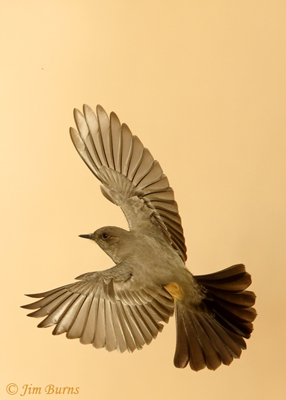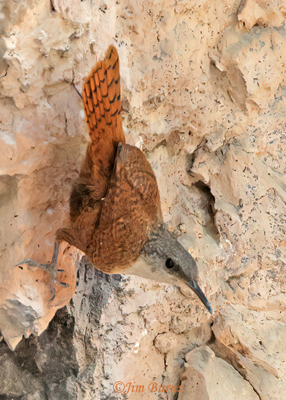
This column is just an exploratory thought engendered by what Rea characterizes as the Pimans often metaphorical names for some of the birds they encountered. While I’m not sure his is the proper usage of the term “metaphorical,” the chapters before he delves into species accounts leaves no doubt that birds played a large part in Piman language, rituals, and lore, and left me wondering how cool it would have been if we who came later had named the native birds in a similar way.
In the next paragraph you’ll find a handful of my favorite Piman bird names for species common to them, and you’re to guess which bird each name references. For your delight and just in case you’re keeping your own score, I’ll supply the answers later, but I found it interesting, and somehow jarring, that in compiling a list of these names Rea placed the birds in taxonomic order—our taxonomic order, which of course would have been lost to some extent on Native Americans who did, nonetheless, recognize familial similarities in some of their avian fellow travelers.
Here are the names, in English translated from the Native Piman dialects (there were many dialects in what Rea calls the Northwest Mexican Rancheria Cultural Complex), and I’m going to capitalize them just as we birders should with our common English names:
1)--Broken Mouth
2)--Water Babies
3)--Blood Squeezer
4)--Cigar-shaped Bird
5)--Koa, Koa, Koa
6)--Grandchild of the Wind
7)--Old Man’s Nail
8)--Mesquite Master
9)--Red Chest
10)-Ripe Saguaro Fruit Bird
These ten names of species common to both the Pimans and to us are at once logical and wonderful descriptors, some of color, some of shape, some of call, some allegoric from Indigenous lore. All seem fanciful, but I’m guessing when you give some thought to the answers below, all will make perfect sense, not in a scientific or taxonomic way, but in the universal language of poetry and the love and respect for nature. And I’m guessing a serious modern birder will get a few of them right too.
1)--American Avocet
2)--Sandpipers
3)--Barn Owl
4)--Nighthawk
5)--Elegant Trogon
6)--Say’s Phoebe
7)--Crissal Thrasher
8)--Phainopepla
9)--American Robin
10)-House Finch
So, here’s where I’m going with this. Below I’ve named fifteen common Arizona species, all different than the ones above, based on what I see, hear, and/or feel when I encounter them. I won’t make this a guessing game, but I’d encourage readers to try this little exercise for themselves. I think it might add to your enjoyment and your understanding of birds and how those who came before us saw them as part of their world.
Big Foot Fishing Bird (Osprey)
The Wind Masters (any of our Buteos)
Tropical Rainbow (Rosy-faced Lovebird)
Lizard Chaser (Greater Roadrunner)
Five Hooter (Great Horned Owl)
Amethyst Moustache (Costa’s Hummingbird)
Diving Rattler (Belted Kingfisher)
Little Firehead (Vermilion Flycatcher)
Onomatopoeic Wall Descender (Canyon Wren)
Midnight Songster (Northern Mockingbird)
Skulking Chatterbox (Yellow-breasted Chat)
Scarlet Wasp Catcher (Summer Tanager)
Chicago Bird (Gambel’s Quail)
Saguaro Borer—(Gila Woodpecker)
Marsh On-Ga-Lee—(Red-winged Blackbird)
